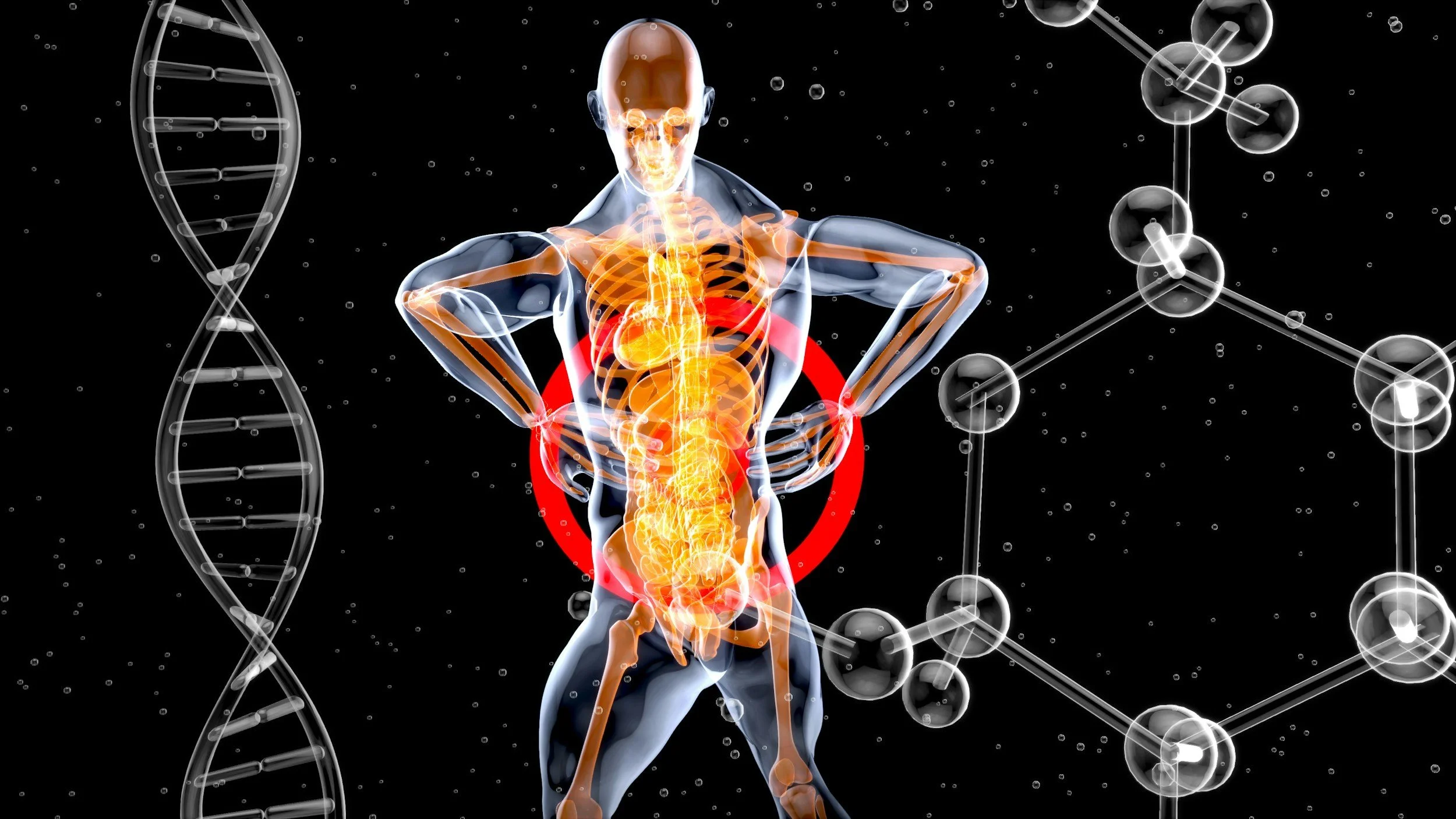Trauma-Informed Healing: Finding Safety, Connection, and Strength Within
Healing from trauma isn’t about erasing the past — it’s about teaching your body and mind that safety is possible again.
Anchor Point Counseling Center offers virtual trauma-informed therapy for adults across Arizona, helping you heal safely from the comfort of your home.
Understanding how trauma shapes the mind and body — and how you can begin to heal, rebuild safety, and reconnect with yourself.
When we talk about trauma-informed healing, we’re really talking about safety.
Safety in the body. Safety in relationships. Safety in the space between what hurt and what can begin to heal.
Through secure virtual sessions, we help clients throughout Arizona rebuild safety, trust, and connection — at a pace that feels right for them.
At Anchor Point Counseling Center, we understand that trauma is not simply something that happened in the past — it can live in the nervous system, influencing how we think, feel, and connect today.
Healing is never about “fixing what’s broken.” It’s about remembering what’s whole.
How Trauma Affects the Brain and Body
When we experience trauma, our brains and bodies shift into survival mode. The amygdala — the brain’s “smoke detector” — becomes hyperalert, while the nervous system floods the body with stress chemicals designed to protect us from danger.
Over time, these survival patterns can get stuck in the “on” position, leaving us feeling anxious, disconnected, or constantly on edge. Healing means helping the body remember that it’s safe again.
Learn more in our Whispers of Your Nervous System Seminar →
Support Groups & Mental Health Seminars | Arizona — Anchor Point Counseling
If you’d like to understand how trauma affects your body and mind in daily life, this article offers a gentle, science-backed explanation.
Whispers of Your Nervous System | Trauma-Informed Healing — Anchor Point Counseling
1000 Reactions in a Split Second: The Biochemistry of a Trauma Trigger — Anchor Point Counseling
Our Approach at Anchor Point
At Anchor Point Counseling Center, trauma healing is guided by compassion, science, and a deep respect for the body’s wisdom.
We understand that trauma doesn’t just affect thoughts and emotions — it can echo through the entire nervous system, influencing how we feel, connect, and respond to life.
That’s why our approach integrates:
EMDR Therapy — to help the brain reprocess distressing experiences and restore a sense of balance and safety.
Mind-Body Awareness Tools — gentle grounding, breathwork, and nervous-system education that help clients notice their body’s cues without judgment.
Clinical Hypnotherapy — to access subconscious patterns, strengthen inner resources, and release long-held emotional blocks.
Psychoeducation and Group Support — so healing happens not in isolation, but within understanding and community.
At Anchor Point, we don’t just focus on managing symptoms — we help clients reclaim connection, calm, and choice in their healing journey.
Related reads:
What Healing Looks Like
Healing from trauma isn’t about erasing what happened — it’s about transforming your relationship with it.
The body and mind gradually learn that safety is possible again.
Small moments of calm, self-compassion, and connection begin to rewire the nervous system toward balance.
At Anchor Point Counseling Center, we see healing as remembering wholeness — not fixing what’s broken, but reclaiming what was always worthy within you.
→ Related reads:
Healing After Narcissistic Abuse: Reclaiming Your Voice, Your Truth, and Your Life]
Trauma Responses: The Body’s Protection Patterns
Our bodies develop automatic defenses to survive danger — fight, flight, freeze, or fawn. These are not weaknesses, but survival strategies wired for protection. Learn how they show up in daily life and how to restore safety.
Related reads:
The Weight We Carry: Healing Trauma Through the Body — Anchor Point Counseling
It Was Just Feedback — So Why Did I Feel Like a Failure?
Understanding Anger: How to Work with It Instead of Fighting It
Helpful Resources & Articles
Healing is a lifelong process — not a one-time event.
Explore these resources to deepen your understanding of trauma, nervous system regulation, and self-compassion. Each article is written to help you feel informed, empowered, and less alone in your healing journey.
Frequently Asked Questions
1️⃣ What does it mean to be trauma-informed?
Trauma-informed care recognizes how trauma impacts the brain and body and prioritizes safety, choice, and empowerment in every step of support and treatment.
2️⃣ Can I heal from trauma even if I don’t remember what happened?
Yes. Many evidence-based approaches focus on present-day nervous system patterns and core beliefs. You don’t need a perfect memory of events for meaningful healing to occur.
3️⃣ How long does trauma therapy take?
Timelines vary by person and goals. Some people notice changes within weeks; deeper, longstanding patterns can take months. We’ll set a plan together and review progress regularly.
4️⃣ What if I’ve tried therapy before and it didn’t work?
Different approaches help different nervous systems. Our integrative model—EMDR, mind-body tools, and supportive counseling—offers new pathways if past methods weren’t a fit.
5️⃣ Is trauma-informed therapy the same as EMDR?
Trauma-informed is a philosophy that guides how we deliver care. EMDR is one therapy method we may use within that trauma-informed framework when it’s appropriate for you.





